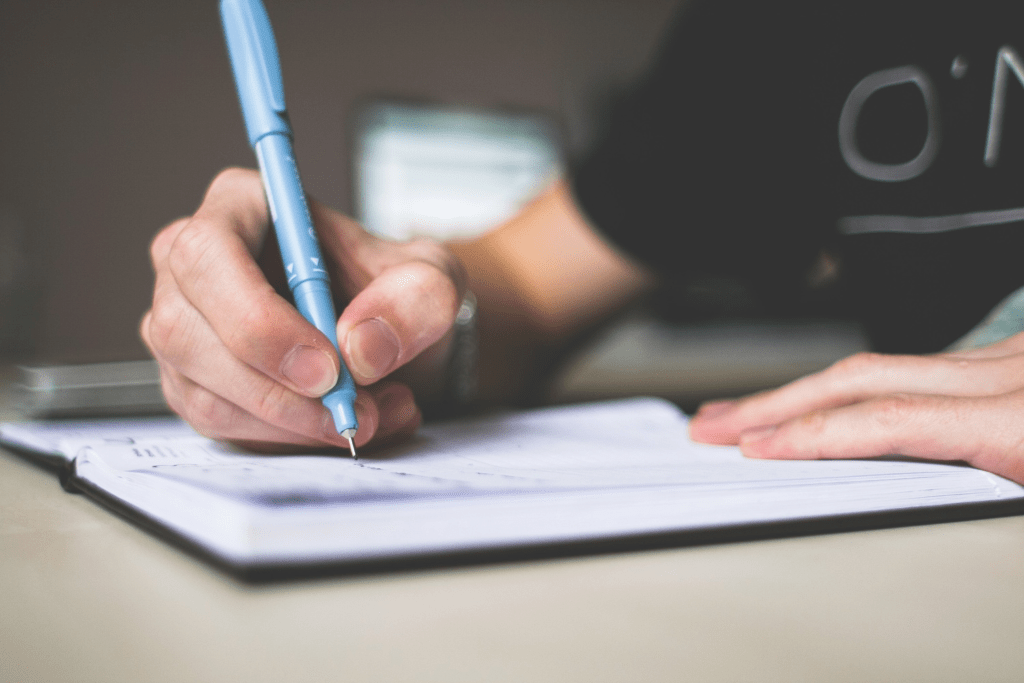Writing a response essay requires more than just summarizing a text. It involves analyzing, evaluating, and providing your own perspective on the ideas presented. In this comprehensive guide, we will explore the key steps and techniques to help you master the art of writing a response essay. From understanding the basics to crafting a compelling introduction, developing well-structured body paragraphs, and concluding with impact, this guide will equip you with the tools to create an effective response essay that showcases your critical thinking skills.
I. Understanding the Basics of Writing a Response Essay

Before diving into the writing process, it is crucial to understand the fundamentals of a response essay. Start by carefully reading and analyzing the prompt, identifying the key ideas, and determining the expectations of your response. Next, delve into the source material, extracting important points, arguments, and evidence. Finally, formulate a clear thesis statement that reflects your response stance and sets the tone for your essay.
II. Crafting an Engaging Introduction

The introduction is your chance to captivate the reader and set the stage for your response essay. Begin with an attention-grabbing hook that draws the reader’s interest. Provide necessary background information and context to help the reader understand the source material. Finally, present a strong thesis statement that clearly states your response stance and outlines the main points you will address in your essay.
III. Developing the Body Paragraphs

The body paragraphs form the core of your response essay, where you present your analysis, evaluation, and personal reflection. Organize your ideas in a logical manner, ensuring a smooth flow from one paragraph to the next. Use evidence and examples from the source material to support your arguments and provide a solid foundation for your response. It is essential to strike a balance between summarizing the source material and offering your own insights, interpretations, and critical evaluation.
IV. Strengthening the Response with Effective Writing Techniques

To enhance the effectiveness of your response essay, employ various writing techniques. Properly using transitions between paragraphs ensures a coherent and unified essay. Skillfully balance summary, analysis, and personal response to create a well-rounded and engaging piece of writing. This is also an opportunity to demonstrate your critical thinking skills, originality, and ability to engage with the ideas presented in the source material.
V. Writing a Convincing Conclusion

The conclusion brings your response essay to a close and leaves a lasting impression on the reader. Summarize the main points and key arguments you have presented throughout the essay, highlighting the most significant aspects of your response. Restate your thesis statement, reinforcing your response stance. Offer final thoughts and reflections on the source material, emphasizing the importance of your response and its implications. Finally, encourage further reflection and exploration of the topic.
VI. Example Response Essay
To further illustrate the concepts discussed in this guide, let’s take a look at an example of a response paper. In this example, we will analyze an article titled “The Power of Personalized Education” by Dr. Jane Johnson.
Title: The Power of Personalized Education: A Critical Analysis
Introduction: In the introduction, provide a brief overview of the article and its main arguments. State your thesis statement, which reflects your overall response to the article.
Body Paragraphs:
- Summary: Summarize the main ideas and arguments presented in the article. Provide a concise and objective overview of the author’s key points.
- Analysis: Critically evaluate the strengths and weaknesses of the article. Discuss the evidence and reasoning used by the author to support their claims. Offer your perspective on the validity and effectiveness of the arguments presented.
- Personal Response: Share your personal thoughts, reactions, and reflections on the article. Did the article resonate with your own experiences or beliefs? Discuss any areas where you agree or disagree with the author, providing reasons and examples to support your stance.
- Connections to Real-Life Examples: Draw connections between the concepts discussed in the article and real-life examples. Provide examples from your own educational journey or from current educational practices to further illustrate and support your arguments.
Conclusion: In the conclusion, summarize your main points and restate your thesis statement. Reflect on the significance of the article’s arguments and their implications for personalized education. Conclude with a thought-provoking statement or a call to action, encouraging further exploration and discussion on the topic.
Example Response Paper Summary:
In this response paper, we critically analyzed Dr. Jane Johnson’s article, “The Power of Personalized Education.” We provided a summary of the article’s main arguments, followed by an analysis of its strengths and weaknesses. We also shared our personal response to the article, discussing areas of agreement and disagreement with the author. Additionally, we connected the concepts discussed in the article to real-life examples, further supporting our arguments. Overall, this response paper demonstrates the application of the guide’s principles and showcases how to structure and approach a response paper effectively.
Mastering the art of writing a response essay is a valuable skill that allows you to engage critically with texts, express your own perspectives, and contribute to meaningful discussions. By following the steps outlined in this comprehensive guide, you can confidently navigate the process of crafting a well-structured and compelling response essay. Remember to apply critical thinking, provide evidence-based analysis, and offer thoughtful reflections to create an essay that showcases your unique perspective and insights. So, dive in, embrace the challenge, and start honing your response essay writing skills today!
